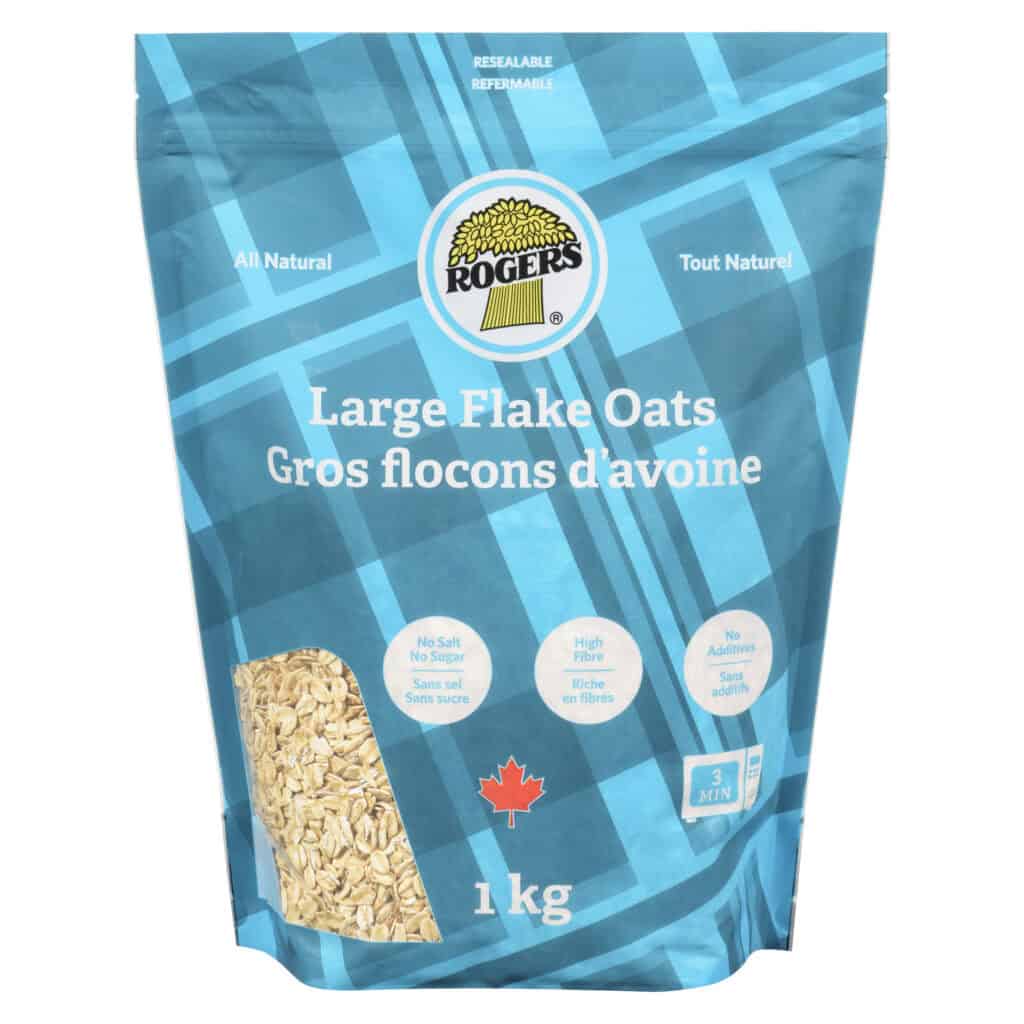
February is Heart Month, a time to raise awareness about the importance of cardiovascular health and an opportunity to focus on ways to improve our heart health. Heart disease impacts almost everyone at some point in their lives, either indirectly or directly.
Understanding cardiovascular health is crucial in today’s world, where heart disease remains the leading cause of death globally. Our cardiovascular system, which includes the heart and blood vessels, plays a vital role in maintaining overall health. It is responsible for transporting oxygen, nutrients, hormones, and waste products throughout the body. When this system functions optimally, it efficiently supports our body’s needs. However, poor cardiovascular health can lead to complications such as heart attacks, strokes, and other serious conditions.
Heart disease affects men and women differently. While the likelihood of heart disease is higher for men than for women, women are more likely than men to die within a year following a heart attack. This may be attributed to women experiencing more subtle symptoms that are harder to detect. The Public Health Agency of Canada (PHAC), through the Healthy Canadians and Communities Fund (HCCF), is investing approximately $20 million annually and securing additional funding from partners to support projects that target common risk factors. These include physical inactivity, unhealthy eating, and tobacco use, all of which are linked to major chronic diseases such as diabetes, cardiovascular disease, and cancer. For example, through the HCCF, the University of Ottawa Heart Institute is undertaking a project aimed at creating a women’s heart disease prevention network to enhance awareness, screening, and assessment for cardiovascular diseases and their risk factors.
Let’s delve into what cardiovascular health entails, and the role nutrition plays in maintaining and improving it.
BASICS OF CARDIOVASCULAR HEALTH
The heart is a muscular organ that pumps blood through a network of arteries and veins, known as the circulatory system. Blood pressure, cholesterol levels, and the overall flexibility and health of the arteries are key components affecting cardiovascular health.
1. Blood Pressure: Persistently high blood pressure can strain the heart and damage arteries, potentially contributing to heart disease. It is vital to maintain healthy blood pressure within an appropriate range for cardiovascular health.
2. Cholesterol Levels: Cholesterol, a fatty substance in the blood, is essential for cell formation. However, excess cholesterol can accumulate in the arteries as plaque, contributing to atherosclerosis.
3. Arterial Health: Healthy arteries are flexible and free of blockages. Damage or stiffening of artery walls can restrict blood flow, increasing the risk of cardiovascular issues.
NUTRITION AND CARDIOVASCULAR HEALTH
Nutrition plays a crucial role in maintaining a healthy cardiovascular system. Proper dietary habits can aid in managing weight, enhancing cholesterol levels, and lowering blood pressure. Here’s how specific nutrients and dietary habits contribute:
- Fibre-rich foods: Foods high in fibre, such as whole grains, fruits, and vegetables, can lower LDL cholesterol (the “bad” cholesterol) and improve overall heart health.

The vitamins and minerals in whole grains are essential for your overall health. Also, the high fibre content of whole grains may help with:
- Lowering bad cholesterol levels (LDL, low-density lipoproteins lead to a buildup of cholesterol in the arteries)
- Raising good cholesterol levels (HDL, high-density lipoproteins carry cholesterol from other parts of your body back to the liver. The liver then removes the cholesterol from your body).
- Lowering insulin levels.
- Lowering blood pressure.
- Creating a feeling of fullness that can help with weight loss or control.
Studies show high-fiber diets lower the risk of:
- Heart and blood vessel diseases.
- Stroke.
- Type 2 diabetes.
- Cancer of the large intestine and rectum is also called colorectal cancer.
Grains are the seeds of grasses grown for food. These plants are also called cereals. Examples of grains include wheat, oats and rice. Each grain, also called a kernel, is made of three parts:
- Bran. Bran is the hard outer coating of a kernel. It contains most of the kernel’s fibre, as well as vitamins and minerals.
- Germ. The germ is the part that sprouts into a new plant. It has many vitamins, healthy fats and other natural plant nutrients.
- Endosperm. The endosperm is the energy supply for the seed. It mainly contains starches. It has small amounts of proteins and vitamins. The endosperm has very little fibre.

You can find whole-grain versions of rice, bread, cereal, flour and pasta at most grocery stores. Examples of whole grains and whole-grain foods include:
- Barley.
- Bulgur, also called cracked wheat.
- Farro.
- Millet.
- Quinoa.
- Black rice.
- Brown rice.
- Red rice.
- Wild rice.
- Oatmeal.
- Popcorn.
- Whole-wheat flour.
- Whole-grain breakfast cereals.
- Whole-wheat bread, pasta or crackers.

2. Omega-3 Fatty Acids: Omega-3s, found in fatty fish such as salmon, mackerel and flaxseeds, help reduce inflammation and decrease the risk of heart attacks.
3. Healthy Fats: Adding unsaturated fats from sources such as avocados, nuts, and olive oil can improve cholesterol levels and support heart health.
4. Limited Saturated and Trans Fats: Reducing the intake of saturated fats found in red meat and full-fat dairy and eliminating trans fats can significantly lower cholesterol levels.
5. Sodium Reduction: High sodium consumption is associated with elevated blood pressure. Cutting back on processed foods and incorporating herbs for flavour can aid in managing blood pressure.
6. Antioxidants: Berries, dark chocolate, and green tea are rich in antioxidants, which combat free radicals and reduce inflammation in the cardiovascular system.
LIFESTYLE AND DIETARY PATTERNS
Embracing a heart-healthy dietary pattern can be more advantageous than concentrating on individual nutrients. Consider these strategies:
Mediterranean Diet: This diet is rich in fruits, vegetables, whole grains, and healthy fats, and it is associated with a lower risk of heart disease.
Eating the Mediterranean way – Want to try the Mediterranean diet? These tips will help you get started:
- Increase your intake of fruits and vegetables. Each day, target 2 to 3 servings of fruit and four or more servings of vegetables. One serving of fruit is equivalent to a medium-sized whole fruit or one cup of chopped fruit. One serving of vegetables is defined as two cups of leafy greens, one cup of raw vegetables, or half a cup of cooked vegetables.
- Choose whole grains. Opt for whole-grain bread, cereal, and pasta. You can also explore other whole grains, such as bulgur, barley, and farro. If you consume around 2,000 calories daily, aim to include at least 3 ounces of whole grains. Check the Nutrition Facts label to determine how much of a product is in one serving.
- Opt for unsaturated fats from plants. Substituting saturated fats with unsaturated fats may help reduce the risk of heart disease. For instance, you might replace butter with olive, canola, safflower, or sunflower oil when cooking or at the dining table. Instead of spreading butter or margarine on bread, consider using nut or seed spreads on toast or an apple.
- Eat more seafood. Eat fish or shellfish two to three times a week. However, due to mercury levels, children and pregnant or breastfeeding people may want to limit certain types of fish. One serving of fish is about 3 to 5 ounces for adults, about the size of a deck of cards.
- Fresh or water-packed tuna, salmon, trout, mackerel, and herring are healthy choices. Avoid deep-fried fish.
- Include nuts in your diet. Each week, aim for four servings of raw, unsalted nuts, with one serving being a quarter of a cup.
- Enjoy some dairy. Good choices include skim or 1% milk, low-fat cottage cheese, and low-fat Greek or plain yogurt. Limit your cheese intake. One serving is roughly the size of four dice. Also, reduce your consumption of higher-fat dairy, such as whole and 2% milk, butter, margarine, and ice cream.
- Reduce your intake of red and processed meat. Eat more fish, poultry, or beans instead. If you eat meat, make it lean and keep portions small. Before you cook it, try to remove any visible fat.
- Spice it up. Herbs and spices boost flavour and lessen the need for salt.
DASH Diet: The Dietary Approaches to Stop Hypertension (DASH) diet focuses on reducing sodium and emphasizing nutrients that lower blood pressure, such as potassium and magnesium.
Taking care of our cardiovascular health and choosing nutritious foods are essential steps in preventing heart disease and enhancing our overall wellness. We can significantly improve our cardiovascular well-being by adopting heart-healthy habits, staying active regularly, and refraining from smoking and excessive drinking.
References:
- Message from the Minister of Health and Minister of Sport and Physical Activity – Heart Month, February 2024- https://www.canada.ca/en/public-health/news/2024/02/message-from-the-minister-of-health-and-minister-of-sport-and-physical-activity–heart-month-february-2024.html#
- Medline plus. National Library of Medicine – LDL: The Bad Cholesterol – https://medlineplus.gov/ldlthebadcholesterol.html
- Mayo Clinic – Nutrition and Healthy Eating – https://www.mayoclinic.org/healthy-lifestyle/nutrition-and-healthy-eating/in-depth/whole-grains/art-20047826
- Mayo Clinic Nutrition and Healthy Eating – Mediterranean diet for heart health— https://www.mayoclinic.org/healthy-lifestyle/nutrition-and-healthy-eating/in-depth/mediterranean-diet/art-20047801



Leave a Reply